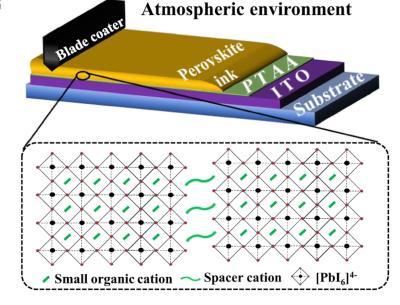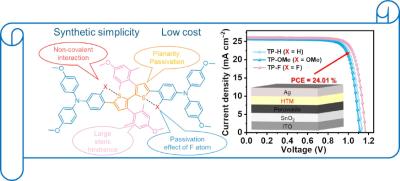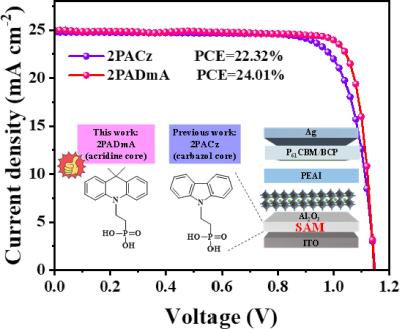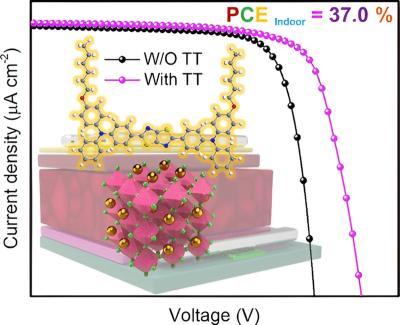New 4-Phenylthiosemicarbazide additive can boost the performance of tin-based PSCs
Researchers from Chung-Ang University, Gwangju Institute of Science and Technology, Hanyang University, The University of Electro-Communications and Chungbuk National University have reported that introducing 4-Phenylthiosemicarbazide (4PTSC) as an additive during the production of tin halide perovskites (Sn-HPs) can boost the performance of perovskite solar cells (PSCs).
Through extensive analyses and experimental comparisons between regular Sn-HP PSCs and those containing the proposed additive, the researchers showcased the multiple functionalities of 4PTSC as an additive. "We purposely chose a multifunctional molecule that acts as a coordination complex and a reducing agent, passivates defect formation, and improves stability," explains Associate Professor Dong-Won Kang from Chung-Ang University, who led the study.







